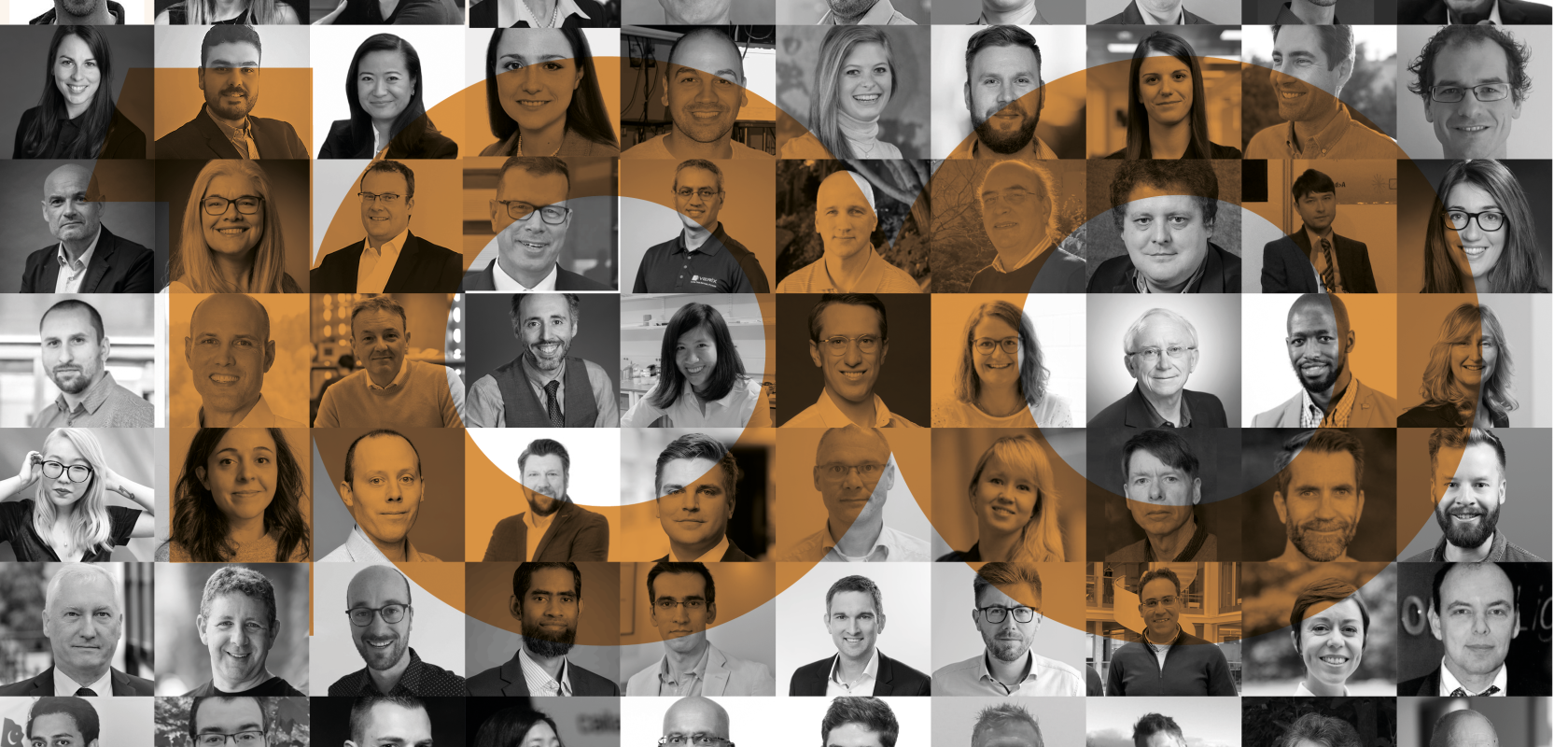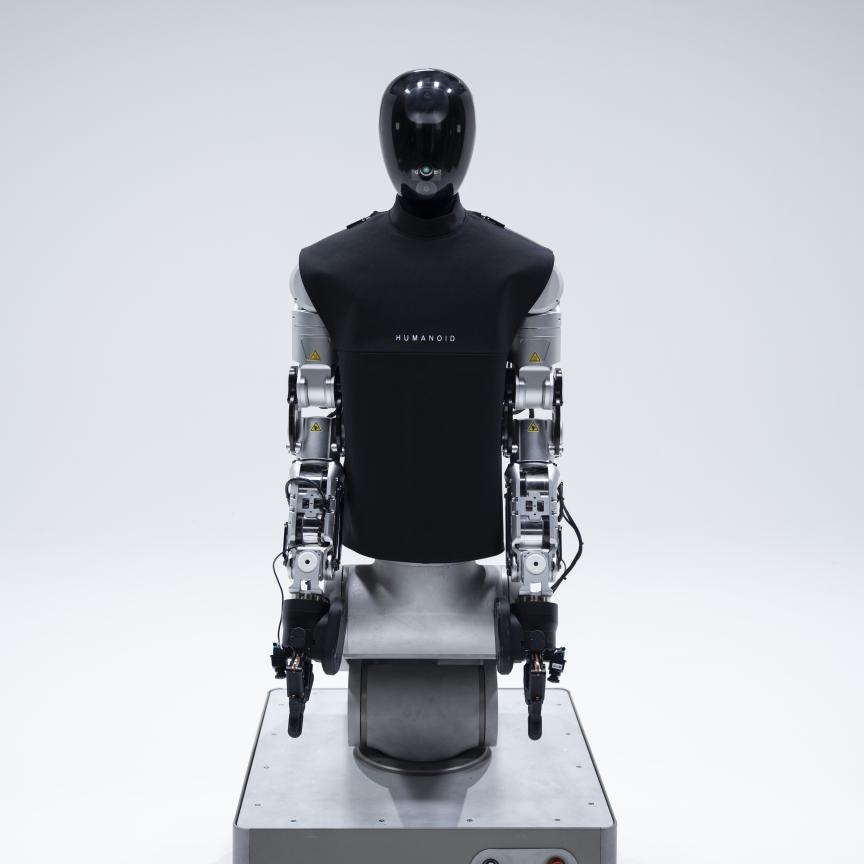The Photonics100 has been revealed and this year’s line-up of photonics innovators contains more than a few notables from the world of imaging.
In life sciences-related imaging, Akhil Kallepalli, a Leverhulme Early Career Fellow at the University of Glasgow, is involved in biomedical optics research. He is using 3D printing to redesign microscopy hardware, making advanced techniques globally accessible and addressing cost barriers. He is also employing light shaping to enhance 4D imaging in biological tissue, with a focus on dementia research.
“The search continues for a safe method to image the human brain. Not only would this help with cancer treatment and brain disorders but also help understand, if any, the neurological causes of mental health challenges while an individual is experiencing them,” he says.
Meanwhile, Hans-Peter Brecht, Chief Operating Officer of biomedical imaging firm PhotoSound Technologies, is working on an imaging system that could replace X-ray mammography with a noninvasive and painless procedure and reduce the need for follow-up biopsies. Called MoleculUS, the dual-modality ultrasound /photoacoustic imaging system used a tunable pulsed OPO Laser.
Imaging and the Photonics100 would be nowhere without innovative cameras and sensing advances and there are notable advances here too.
Avi Bakal, the Co-Founder and CEO of semiconductor company TriEye, is advancing its SWIR sensing technology for automotive applications, specifically for advanced driver-assistance systems (ADAS) and autonomous vehicles. The products are designed to significantly enhance vehicular safety, Bakal says.
“By providing real-time, high-resolution automotive visibility technology made to see perfectly even in the most adverse weather conditions, we aim to reduce the number of road accidents and save lives,” Bakal says.
Dimitrios Mansour, an optical engineer with Theon Sensors, is working on creating next-generation night-vision and thermal imaging devices. As part of that work, he says the most recent significant discovery was the ability to manipulate accelerating beams utilising orbital angular momentum. Perhaps understandably given his research area, he believes defence and aerospace are the photonics sectors with the greatest potential for growth over the next 12 months.
Ian Blasch, Senior Director of R&D at Jabil, is also working on a camera that can see in all conditions, but also in 3D: “I am designing 3D cameras capable of operating in all environmental lighting conditions, from the darkest of moonless nights to the brightest of sunny days,” he says. In the past year, Blasch’s R&D team has designed the world's first 3D camera operating at 1,130nm, as well as a camera operating at 1,380nm.
Also in the realm of 3D imaging is Luana Olivieri, a Leverhulme Trust Early Career research fellow at Loughborough University, who is investigating complex media, e.g. semi-transparent and scattering materials, with all-optical tools. In a paper released in 2023, Olivieri demonstrated a novel non-invasive methodology to reconstruct volumetric information of complex semi-transparent objects at terahertz frequencies, by accessing and deconvolving the spatial and temporal information of light.
Meanwhile, Felix Heide wants to move beyond the division between image capture and processing altogether, he told the Photonics100: "I want to turn cameras into ‘optical computers’ that can compute in addition to sensing at the speed of light.”
Heide believes metasurface optics are the most significant photonics technology of the past 12 months: “I am excited… as we found they can implement optical neural networks.”
Metalenz’s Robert Devlin has a clear view on the impact of metasurface optics: “The impact will be smaller cameras and enabling advanced sensing to proliferate to millions of consumer devices by shrinking the size and cost of complex optical systems.”
Martin Ettenberg, believes that the combination of imaging and processing power, especially AI, “could make for a dangerous combination that sets us back many years”. Ettenberg, the President and CEO of Princeton Infrared Technologies, plans to improve the dark current of the company’s new Type 2 Super Lattice structures for extended SWIR detection, which he says will lower the noise and cooling power required from the firm’s cameras.
Last but not least, and certainly the Photonics100 honourees who work over the greatest distances, are Yinzi Xin, who works with astrophotonics at the California Institute of Technology, and Mark Cropper, of the Mullard Space Science Laboratory, University College London.
Xin’s work involves imaging and characterising exoplanets, as well as designing and experimenting with novel instruments to reject unwanted starlight. Her main project is the Photonic Lantern Nulling Interferometer – a design she conceptualised – which enables broadband, high-resolution spectroscopy of exoplanets at and within the diffraction limit of a telescope.
Cropper leads the Visible Camera (VIS), one of two instruments on the European Space Agency's Euclid space telescope, which launched on 1 July.
“The goal of this mission is to understand the nature of dark matter and dark energy, which together constitute 95% of the universe,” says Cropper.




